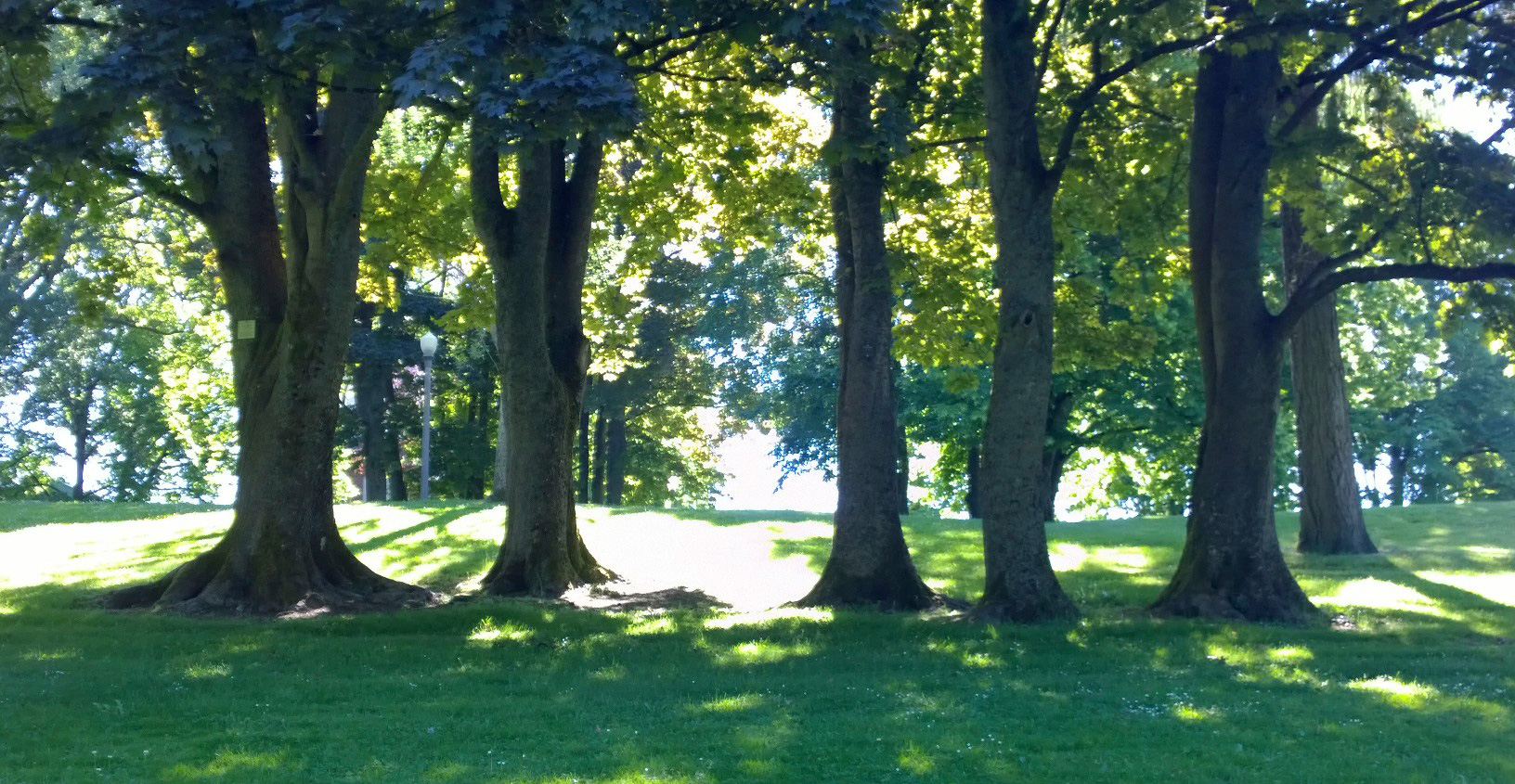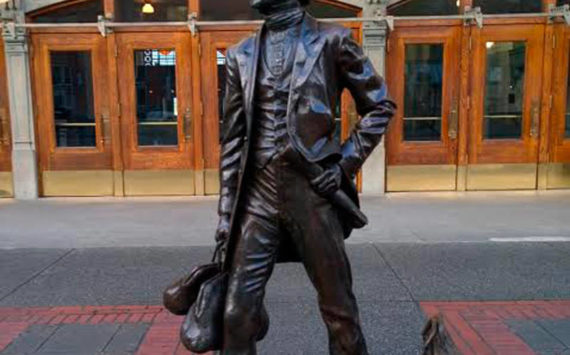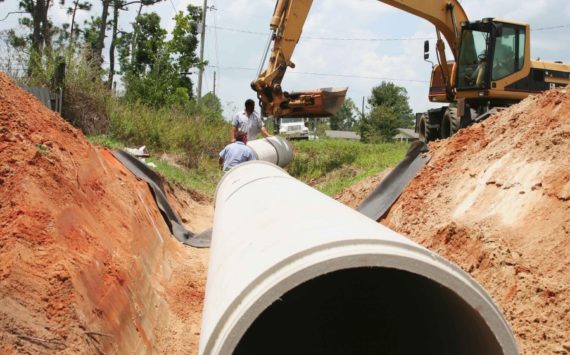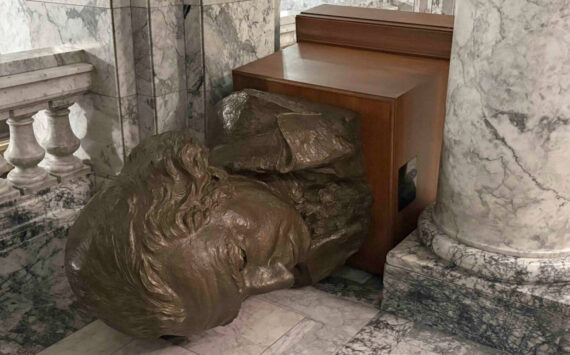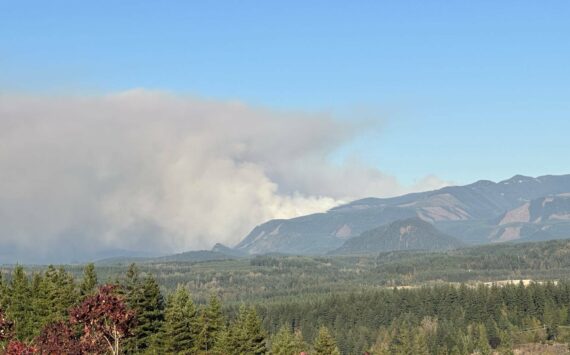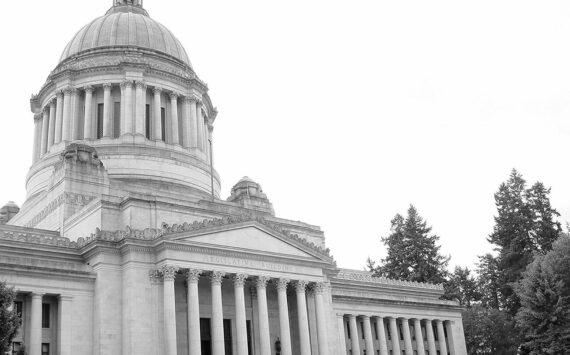Over 2.5 million acres of active vegetation management supports the protection of people, communities and public lands from wildfires
The Department of the Interior (DOI) announced the Department’s accomplishments in meeting the Trump Administration’s goals for reducing vegetation to lower wildfire risk and restore federal lands damaged by wildfires. 2018 marks the third consecutive year of increasing vegetation management and restoration accomplishments on the nation’s public lands. These efforts reflect implementation of the recently issued Executive Order and Secretary Order on reducing wildfire risk by promoting active management, and affirm DOI’s commitment to advance the principles of active management on DOI-administered and tribal lands.
In projects across the country, DOI cooperated with federal, state, local and tribal partners to address the threats from wildfires where burnable vegetation accumulates and presents risks to people, communities and natural resources. Working collaboratively on nearly 2,500 projects, DOI strategically removed excess burnable vegetation on more than 1.2 million acres of public lands to reduce wildfire risk in some of the most fire-prone areas of the country. The total number of acres treated by DOI increased nearly six percent from 2017 and more than 17 percent from 2016.
“Under President Trump, the Department of the Interior is focusing on efforts to protect communities through more active management of our nation’s national parks, wildlife refuges, rangelands and tribal lands,” said Harry Humbert, DOI Deputy Assistant Secretary for Public Safety, Resource Protection, and Emergency Services. “Last year’s devastating wildfires that swept across California and other parts of the nation are alarming reminders that we need to do more to protect people and communities from wildfires.”


Photo: Morf Morford
Nearly 98 million people and 44 million homes are located adjacent to the wildland urban interface, or the area where houses meet or intermingle with undeveloped wildland vegetation. Removing excess vegetation such as dead and dying trees and plants can reduce the intensity of wildfires, protect people and firefighters, and safeguard communities and infrastructure. A robust vegetation management program improves the resiliency of landscapes to wildfires and preserves public lands for a variety of uses and enjoyment by the public.
With the steady accumulation of unwanted vegetation, the risk of more frequent and higher intensity wildfires is increasing. In 2018, more than 52,000 wildfires burned 8.5 million acres of federal, state, tribal, and private lands, more than two million acres greater than the 10-year average. Last year, total federal spending on wildfire response topped $5 billion, the largest amount ever.
In 2018, DOI carried out 438 post-wildfire restoration projects on over 1.3 million acres of public lands. Stabilizing lands following wildfires is critical to preserving properly functioning watersheds and landscapes. Following a wildfire, the immediate stabilization of soils prevents further erosion and mudslides that can lead to the additional degradation of lands and resources. Long-term restoration work, including seeding, weed control and monitoring helps the recovery of damaged lands.
An important focus of DOI’s vegetation management program is a collaborative partnership with the Department of Homeland Security, U.S. Customs and Border Protection (DHS-CBP) to reduce unwanted vegetation along the southern border of the United States. In 2018, DOI funded seven projects in California, Arizona and New Mexico totaling $3.6 million that support CBP’s mission to secure the southern border through active vegetation management. This work involves protecting natural and cultural resources while simultaneously improving critical viewsheds and access to CBP assets and facilities, such as towers, high-resolution cameras, by reducing the risk of wildfire.
“Vegetation management is a cost effective way to mitigate the impact of wildfires,” said Jeff Rupert, Director of Office of Wildland Fire. “Our partnership with CBP is an example of leveraging funds to accomplish multiple goals that help restore public lands and support border security.”
Vegetation management and post-wildfire restoration work is performed by DOI’s land management agencies—the Bureau of Indian Affairs, Bureau Land Management, Fish and Wildlife Service, and the National Park Service. Project work primarily involves prescribed burns, mechanical treatments, forest thinning and other management actions, such as targeted grazing and the use of chemicals such as herbicides that help reduce wildfire risk. In most instances, work is planned and carried out by the agencies in collaboration with other Federal, state, Tribal and local partners. Last year, 5,550 partners contributed more than $66 million to reduce wildfire risk across more than one million acres of the country.
DOI’s land management agencies continue to coordinate implementation of the Executive Order and Secretary Order in order to meet the targeted timeframes. Additionally, recent congressional action has provided DOI with the authority in some limited instances to utilize expedited measures to undertake active management work on public lands. DOI also continues to work with it partners on assessing wildfire risk to better inform vegetative management work. Collectively, these tools will allow DOI to more aggressively pursue active management in the future.
– US Department of the Interior (DOI)
*******************************
Editor’s note:
As camping season – and the Fourth of July approach, please be particularly careful with campfires and fireworks.
I have directly witnessed two fires started by bottle-rockets. Both were in isolated areas and went out quickly. But in those few minutes of spreading flame, they were terrifying. A gust of wind or a falling branch could turned those small fires into a conflagration.
